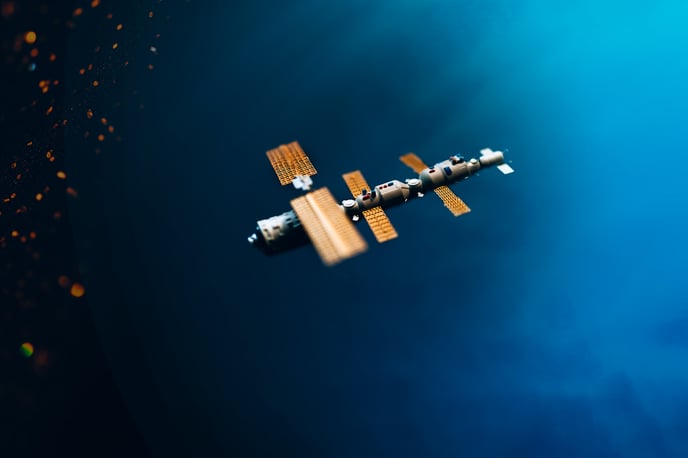Understanding LOS and NLOS Satellites
In the context of GPS and GNSS, LOS (Line of Sight) and NLOS (Non-Line of Sight) refer to the visibility of satellites from a receiver on the ground.
 LOS (Line of Sight) Satellite: A LOS satellite is a satellite that is in the direct line of sight of the GNSS receiver. This means that there are no obstructions between the receiver and the satellite, such as buildings or trees, that would block or weaken the signals. A LOS satellite provides strong and clear signals to the GNSS receiver, which is necessary for accurate and reliable position determination.
LOS (Line of Sight) Satellite: A LOS satellite is a satellite that is in the direct line of sight of the GNSS receiver. This means that there are no obstructions between the receiver and the satellite, such as buildings or trees, that would block or weaken the signals. A LOS satellite provides strong and clear signals to the GNSS receiver, which is necessary for accurate and reliable position determination.- NLOS (Non-Line of Sight) Satellite: An NLOS satellite is a satellite that is not in the direct line of sight of the GNSS receiver. This means that there are obstructions between the receiver and the satellite that can block or weaken the signals. NLOS satellites provide weaker and potentially distorted signals, which can reduce the accuracy and reliability of the GNSS receiver.
In general, GNSS receivers perform better when they can receive signals from LOS satellites, as these provide stronger and clearer signals for accurate and reliable position determination.
To help an NLOS (Non-Line of Sight) satellite become an LOS (Line of Sight) satellite, you can try the following:
-
Change the location: Moving the GNSS receiver to a location with a clearer view of the sky can help improve the visibility of satellites, including NLOS satellites.
-
Remove obstructions: Removing any obstructions between the GNSS receiver and the satellite, such as trees, buildings, or other large structures, can help improve visibility and signal strength.
-
Use a better antenna: A higher quality GNSS antenna, such as an active antenna, can help improve signal strength and accuracy, even in NLOS situations.
-
Use a GNSS amplifier: A GNSS amplifier can boost the signal strength of GNSS signals, which can help improve the visibility and accuracy of NLOS satellites.
It's important to note that the effectiveness of these solutions may vary depending on the specific NLOS situation and the GNSS receiver being used. If the GNSS receiver is still unable to receive a clear signal from an NLOS satellite, it may be necessary to use alternative methods or technologies, such as using a different GNSS system or using multiple GNSS receivers in a network.
Learn about ROCK's GNSS triple-band network base station, ROCK Base, at https://www.rockrobotic.com/rock-base.
![ROCK-robotic-community-logo.png]](https://learn.rockrobotic.com/hs-fs/hubfs/ROCK-robotic-community-logo.png?width=250&height=50&name=ROCK-robotic-community-logo.png)